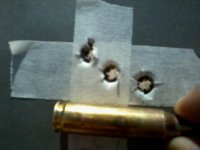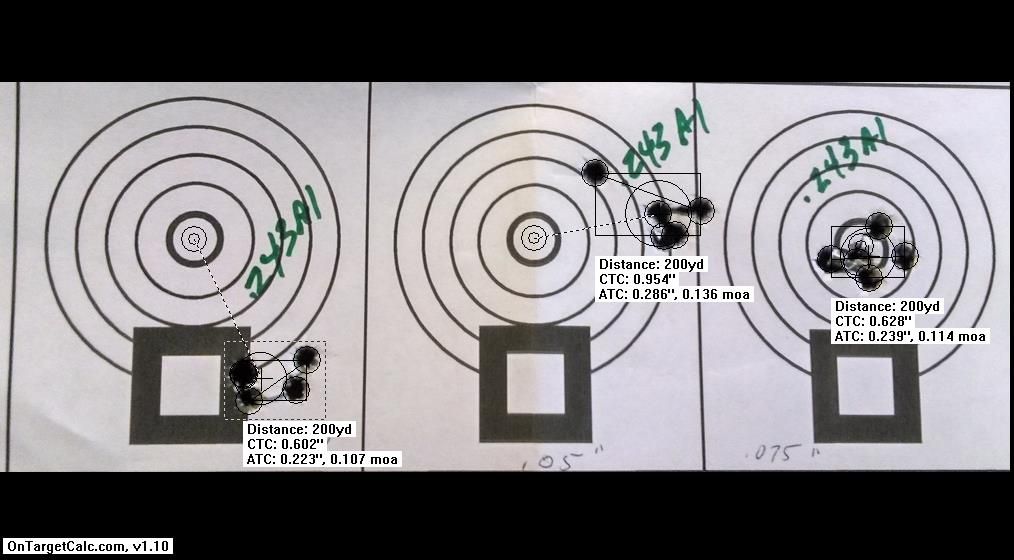Both benchrest shooting organizations (IBS and NBRSA) consider one minute of angle to be exactly 1 inch at 100 yards and even multiples for each 100 yards further.
Well, in all fairness, the IBS calls it "approximate Minutes Of Angle"
See page 20 C, 2.
http://internationalbenchrest.com/downloads/IBS_Rule_Book_12b_Revised_2012.pdf
"...in
approximate Minutes of Angle (1 inch = 1 MOA at 100 Yards)..."
NBRSA, as you say, isn't quite as precise and their rulebook does state that 1" @100 is 1 MOA.
Then there's the connundrum of how many 36" yards are in a mile. There's at least five different amounts from 1650 to a bit over 2025.
That's a very different problem. In that case, the problem is that there have been multiple official definitions of the distance measurement "mile"--nautical miles, statute miles, imperial miles, etc. This situation arose, in part, because there were multiple standards organizations (in different countries) in times past and they didn't all agree on what constituted a mile. Also because some measurements (e.g. the nautical mile) are convenient for certain types of calculations (e.g. great circle navigation).
All of which means that there's no conundrum if one is specific about the particular type of mile in question, there's only a problem if one simply uses the term "mile" without qualifying it as being "imperial", or "U.S. statute", or "nautical".
There is not the same kind of problem with defining a minute of angle because it doesn't require a standards organization to create a definition in the same way that an arbitrary measurement of distance does. It is an angle measurement equal to 1/60th of a degree. That's been universally true for the last couple of thousand years, at least.
It's unfortunate that the IBS and NBRSA chose to muddy the water by ignoring the actual value of MOA and attempting to create their own--however convenient their preferred value is for them. That said, it's their game and therefore they get to set the standards that will be used
in their game. Of course, their choice doesn't change the actual definition of "minute of angle" any more than you or I could change the definition of "degree of angle" by starting a competition and claiming in the official rulebook that there are actually 377 degrees in a circle instead of the correct value of 360. Which, by the way, is the same as approximating 1 MOA as 1" @ 100 yards.
All of which gets us back to the comment I made in my first post: it is a little amusing to think that many modern precision shooters are fine with an approximation of pi that "went out of style" around 2000BC.
But if you're gonna need such mathematical precision you better measure the exact range down to a fraction of a yard too...
The approximation in question is only accurate to about 5%. As long as the distance measurement is more accurate than the approximation then the range measurement will contribute less to the error than the approximation will. So, for example, as long as the range measurement at 100 yards is correct to less than 4.7 yards (or less than 9.4 yards at 200 yards, 14.1 yards at 300 yards, etc.) then the approximation of MOA is a larger contributor than the error in the range measurement.
It's not hard to find laser rangefinders with accuracies better than a yard.



